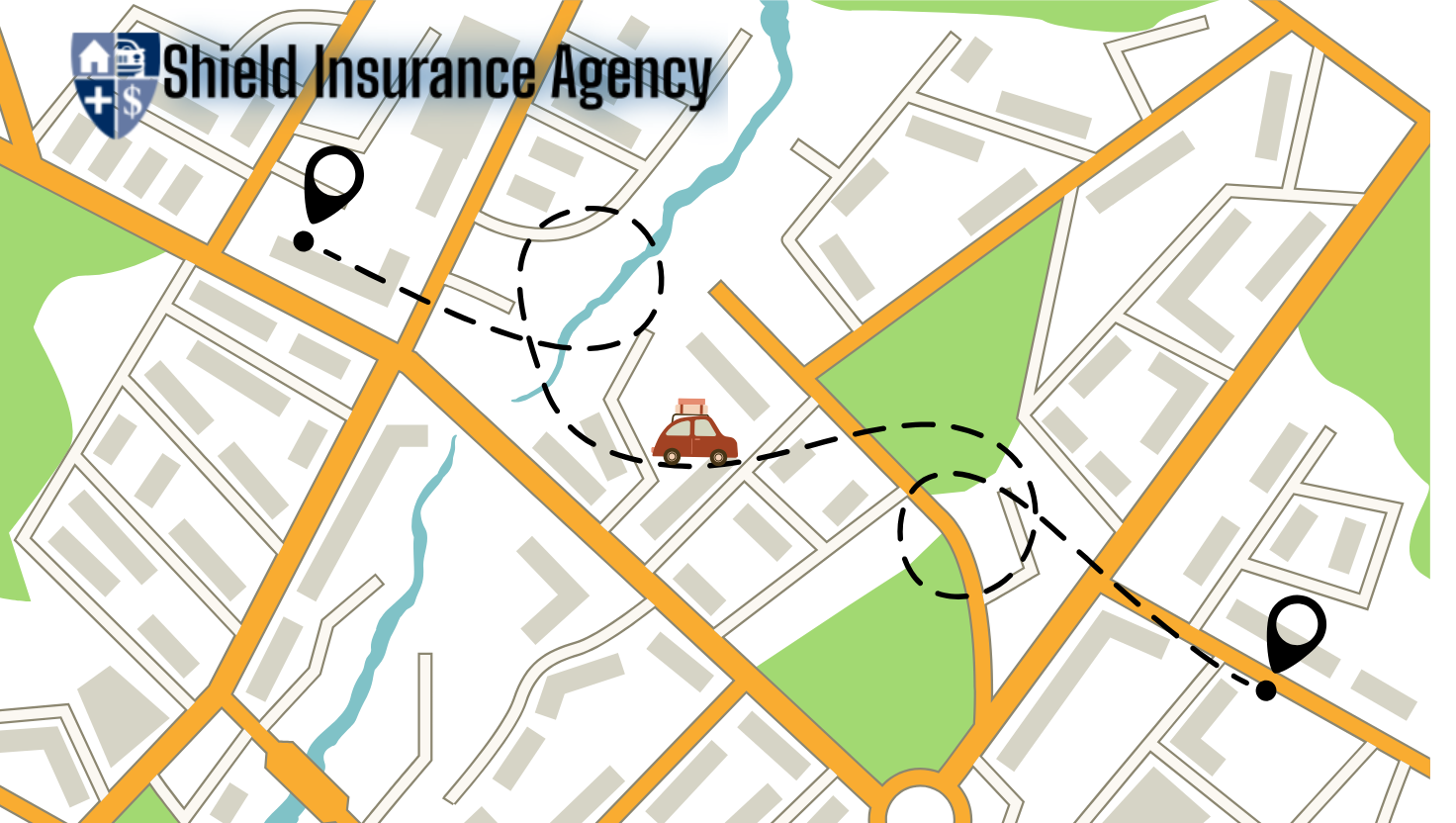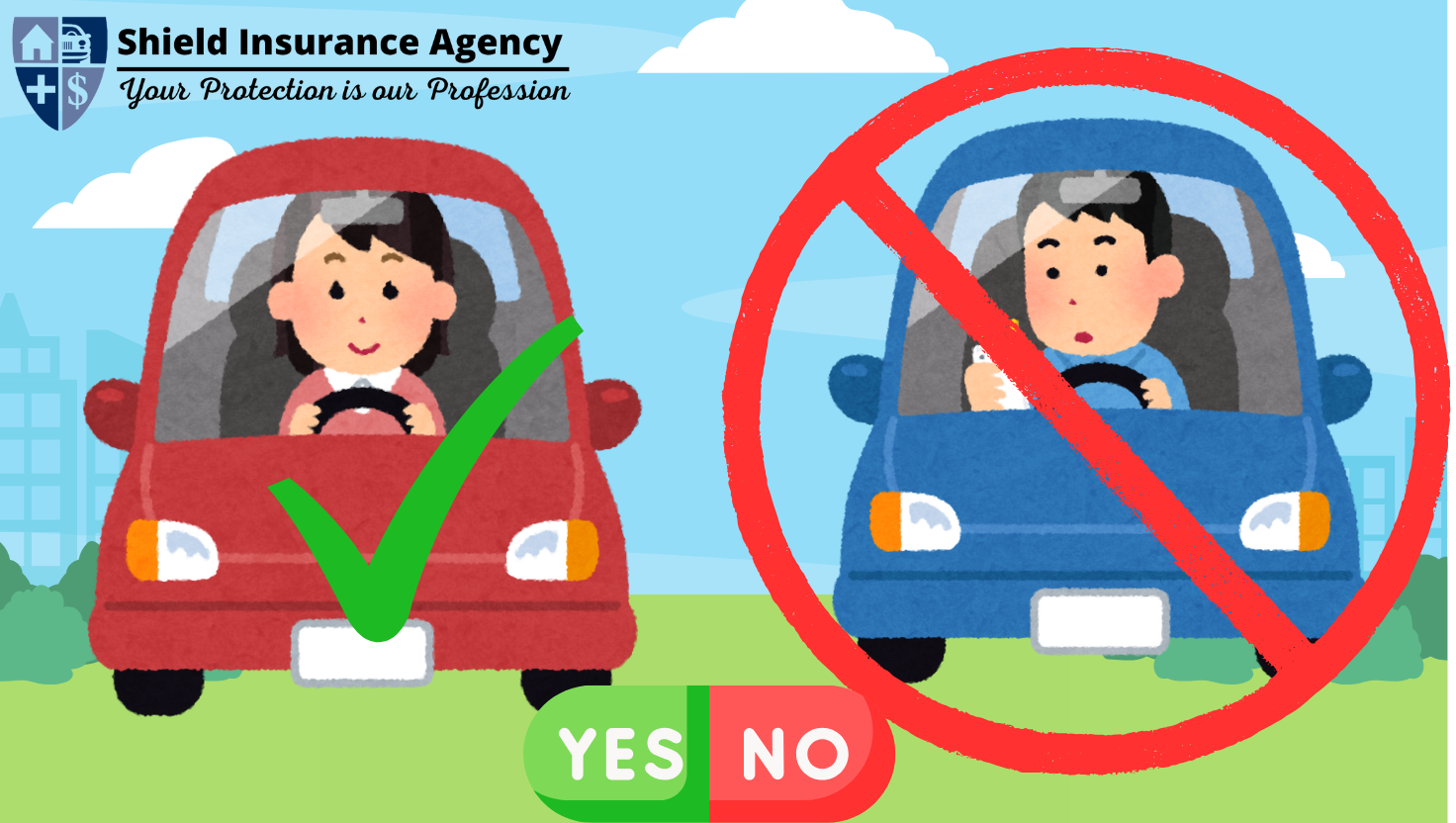
Plan a Safe Driving Route
Plan a safe driving route with these few things in mind
Whether you’re driving to your vacation destination or planning your route to work, there are tips and tools you can leverage to plan your safest driving route and give you additional peace of mind behind the wheel.
After all — long or short — you want your journey to be a safe one. By planning ahead and using technology, you’ll reduce your driving risks while saving yourself and your passengers time and stress.
Consider these three things when planning your safest driving route:
Implement a safe driving app (or two).
Before you head out the door, consider downloading a safe driving app or route planning app. Many apps can help drivers find peace of mind for themselves or their loved ones while on the road. For example, if you get distracted often by incoming calls or texts while driving, consider an app that will put your phone on “do not disturb mode” the second you start moving. There are also apps that can help you control your driving speed or help parents support safe driving habits for young drivers
For example, the route navigation app Routewise by TNEDICCA helps drivers understand accident frequency along a certain route and provides trip feedback as well as recommendations on safer route alternatives. According to TNEDICCA, 10% of crash locations account for more than 66% of all crashes. Knowing exactly what areas to avoid on your trip could potentially make a big impact on the overall safety of your journey.
Be mindful of rush hours and popular travel times.
When planning your travel route, keep in mind the time of day and the time of year you’re traveling. By planning your trip times to avoid city rush hours, you’ll drive safer with fewer drivers on the road and have the additional bonus of minimizing potential delays to your trip
Route planning apps can help you set your departure time by showing how long it’ll take to reach your destination depending on the time you leave. These apps can also alert you to potential hazards ahead so you’re aware of potential road delays or slowdowns.
Travel during the holidays can also increase traffic and the chance of accidents. According to the NHTSA, there are generally more crash fatalities during holiday periods than non-holiday periods due to increased travel time, more alcohol use and excessive driving speed. Give yourself extra travel time so you’re not rushed. And, since holiday travel can sometimes occur during inclement weather, check the weather along your route ahead of time and be on the lookout for alerts to road conditions. It’s a good idea to be prepared for a roadside emergency just in case.
Use your GPS (safely).
While GPS has been a tried and true driving partner for many years, there are a few ways you can use your GPS to create safer driving habits. For example, consider plugging in your destination before you start moving. You’ll be ready to go the moment you start driving and have one less distraction to take your eyes off the road.
Many drivers can point to a time on a long drive when they became stuck in traffic or made a wrong turn. GPS offers a hands-free way to automatically create an alternative route — however, don’t drive distracted. Remember to pull over if you need to use your phone or make changes to your travel plan. Just sending or reading a text for five seconds can take your eyes off the road for the length of a football field, leaving you exposed to many potential hazards and increasing your chance of getting in an accident. Learn other ways to combat distracted driving here.
Your travel itinerary wouldn’t be complete without a safe driving route to help you reach your destination. The next time you plan a getaway or a long drive, consider implementing these tips and tools to help you find the safest travel route.
This article is for informational and suggestion purposes only. If the policy coverage descriptions in this article conflict with the language in the policy, the language in the policy applies. Talk to your local Shield agent to learn more about auto coverage and safe driving tools.



















































